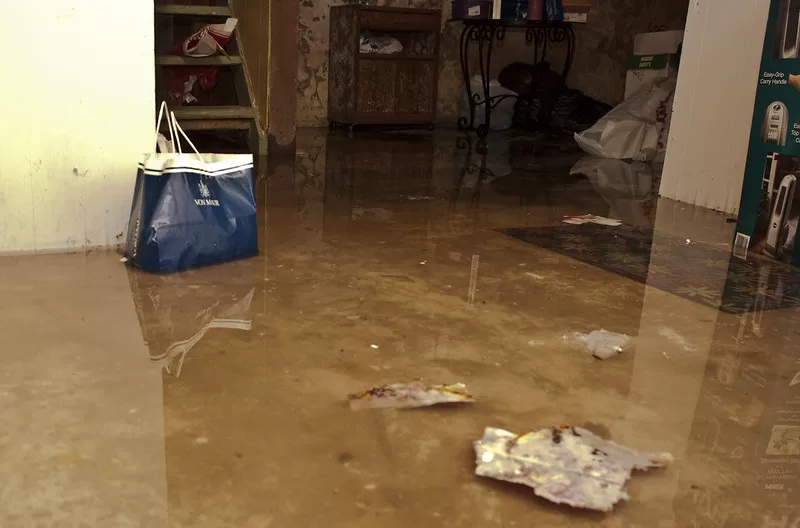Water damage is one of the most disruptive and costly experiences a homeowner can have. It can leave a lasting impact on your home, your possessions, and your mental health.
Unfortunately, water damage is also something that most of us will experience at some point in our lives. Whether it’s caused by a broken pipe, flooding, or something else, it’s important to know how to respond in order to minimize the damage and ensure that your family and belongings can recover.

This blog post will provide a step-by-step guide to water damage restoration, helping you to survive the unforeseen and restore your home. We’ll look at the most important steps to take, from assessing the damage to calling in the experts.
We’ll also discuss how to protect yourself from further water damage and help you to get your home back to a livable condition. With the right information and a bit of hard work, you can be sure that you’ll be able
Assess the Source of the Water Damage
The first step in water damage restoration is to assess the source of the water damage. If the water is coming from a plumbing leak, the source should be found and resolved to prevent further damage.
If the water is coming from outside, the source of the water should be identified and the proper steps are taken to prevent water from reentering the property. It is important to identify the source and take steps to mitigate the damage as soon as possible, as water damage can quickly worsen.
Read Also:
Contact Your Insurance Company
Step 2: Contact Your Insurance Company. After you’ve assessed the water damage and dried out the affected area, the next step is to contact your insurance company. Be sure to provide them with a detailed list of all the items affected, including pictures if possible.
They will be able to assess the damage and help you make the best decisions for restoring your property. Be sure to keep all paperwork related to the issue and keep records of your conversations with the insurance company.
Assess the Safety Risks Involved
The third step in water damage restoration is to assess the safety risks involved. Prior to beginning any work, it is important to identify potential hazards and take the necessary safety precautions.
This may include the use of protective equipment such as goggles and gloves, as well as proper ventilation and the use of breathing masks.
It is also important to turn off the power supply to the affected area or, if necessary, the whole building. Remember, safety comes first. Experience peace of mind with Vetted Los Angeles Restorations‘ reliable and thorough services.
Execute the Water Removal Process
Once the extraction process is complete, it’s time to begin the water removal process. This involves removing all the water from the property and disposing of it in an appropriate manner.
The equipment used to remove the water and the processes that you must undertake depend on the severity of the water damage. This step of the restoration process should be handled by a professional, as improper removal of water can result in further property damage and health risks. Be sure to have the correct equipment and safety gear to protect yourself and your property.
Document the Restoration Process
Step 5: Document the Restoration Process. As you progress through the restoration process, it is important to document your progress and the results at each stage.
Take photographs of the damaged areas before, during, and after restoration, and keep a record of the materials used, labor hours, and any other relevant details. This is important for insurance purposes and can help you plan for future restoration jobs.









